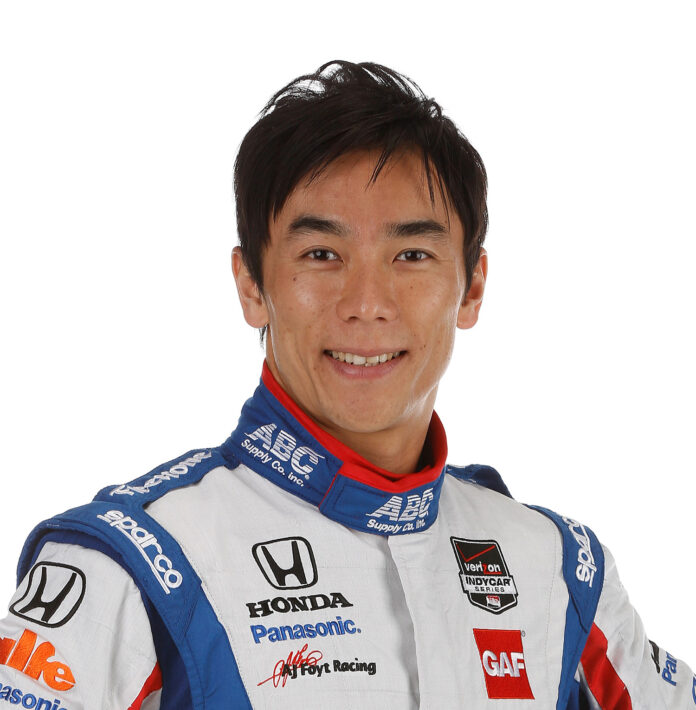For the two-time winning Indy500 champion, Takuma Sato has etched his name in the annals of Formula E history as well. Its official 2014 debut kicked off on the grounds of the Olympic Park in Beijing, with 10 starting teams: Renault, Audi Sport, Andretti, Mahindra, and more.
During its inaugural season, Formula E brought electric racing into centers of Miami, Buenos Aires, Moscow, Berlin, and several beautiful locales. From start to finish, Formula E provided to be a futuristic evolution of motor racing, showcasing the full power of electric facing and its positive contribution to our environment without taking away from the run of racing itself.
His participation in the inaugural Formula E race in Beijing nearly a decade ago marks a significant milestone, not only for Sato but for the series itself. Despite this being his sole race start in Formula E, Sato left an indelible mark by securing points for the fastest lap, showcasing his exceptional driving skills in diverse racing formats.
Sato, 47, who has had an incredible career in motor racing, undeniably holds a special place in Formula E’s history as taking part in the very first Formula E race almost 10 years ago in Beijing. He raced fulltime in the IndyCar Series until 2021 when he left RLL to run a part time schedule with Dale Coyne Racing the following season. With Coyne, he finished 25th, one lap behind winner Marcus Ericsson.
While he only had one Formula E race start to his name, he’s back now and ready to return to the paddock just in time for the Tokyo E-Prix, which takes place on March 29.
Marking the first instance of street track formula racing in Japan, the event is monumental for Formula E and Japanese motorsport, taking place in the country’s largest venue – Tokyo Big Sight. It’s difficult 18-turn, 2.582km street circuit will ensure the race is anything but boring.
“It is mega for Formula E, Japan and motorsport in this country – the impact will be huge,” Sato said. “There’s no history of street track formula racing in Japan whatsoever and this will bring an enormous future for Japanese motor racing.”
Sato’s excitement about Formula E’s debut in Japan extends beyond the track, touching on personal connections and the joy of reuniting with friends in the racing community. His anticipation of watching the event unfold against the backdrop of a beautiful Tokyo sunset illustrates the deep connection and passion he holds for motorsport, further amplified by this historic event on home soil.
The schedule for the race day, starting with Free Practice 2 in the early morning followed by qualifying and the main race in the afternoon, is set against the bustling backdrop of Tokyo, promising an electrifying spectacle of high-speed competition and innovation in sustainable racing technology.







